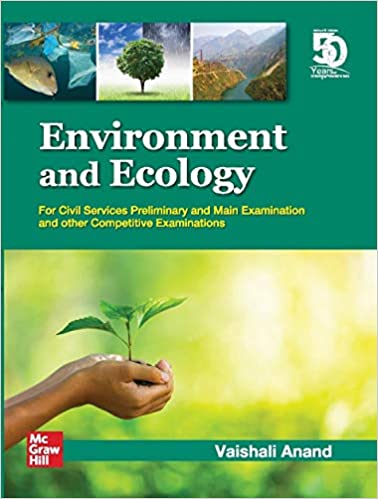Perhaps the most pressing threat to our existence today ( there are many more) is the environment, or its slow but steady deterioration.
Most people agree that if nuclear war does not obliterate mankind, it will be environmental problems caused by the ruthless exploitation over a century, that will make the Earth inhabitable.
Mankind either will have to go to some inter-planetary colony or will simply perish.
There are many contributing factors to this state of affairs but fossil fuel which includes coal and oil is seen to be the biggest contributor.
It is estimated that roughly fifty per cent of the pollution today is caused by these two entities alone.
Environmental evangelists will tell you that in order to ward off the worst of the accelerating climate crisis, we need to rapidly reduce carbon emissions.
To do so, energy systems around the world must transition from fossil fuels to renewable energy.
As a result, transportation that uses these resources the most is undergoing rapid changes.
Changes in locomotives were first to come.
Locomotives transitioned first -from coal to diesel and then to electricity, thus reducing the dependence on coal and diesel for trains.
It was perhaps easier to make the transition to electric trains because of its property of moving on fixed paths.
Overhead power cables solved the issue of power transmission from source to the engines in its journey.
Not so easy for cars, because they do not have a fixed path and need to carry the power source with them.
Thus batteries became critical to the transition of cars from fossil fuel to electricity as a source of energy.
Lithium batteries will play a key role in this transition.
And currently, the world over there is a major thrust in the research for making safer, lighter, more durable batteries.
There are two issues that are emerging which will impact a full-scale transition from fossil fuel to electric vehicles.
One, the large amount of requirement of Lithium and second, the problems related to the disposal of large numbers of lithium batteries.
The projected figures of Lithium demand are particularly dramatic: by 2040, International Energy Agency forecasts that demand for lithium will have increased 42 times relative to 2020 levels.
Lithium, for those of us who have forgotten our chemistry, is a chemical element, a soft, silvery-white alkali metal.
It is highly reactive and flammable and must be stored in a vacuum, inert atmosphere or inert liquid such as purified kerosene or mineral oil.
It does not naturally occur in its pure form and has to be mined.
Lithium mining carries high environmental costs.
It also requires a huge amount of water, another precious resource on land, and causes water contamination in the area.
Chile, which produces 25 % of the total Lithium output of the world, is already facing many issues due to Lithium mining by multinational companies, not particularly known for their concern for third world countries.
The increased demand will further put pressure on the ecology of Lithium rich regions as global competition among rich and developed countries for Lithium has already started.
Then the problem of disposal of batteries will arise.
As the popularity of electric vehicles starts to grow explosively, so will the pile of spent lithium-ion batteries that will power these cars.
Industry analysts predict that by 2030, China alone will generate some 500,000 metric tons of used Li-ion batteries and that by 2040, the worldwide number will hit 2 million metric tons per year.
The batteries are valuable and recyclable, but because of technical, economic, and other factors, less than 5% are recycled today.
The enormousness of the impending spent battery situation is driving researchers to search for cost-effective, environmentally sustainable strategies for dealing with the vast stockpile of Li-ion batteries looming on the horizon.
So, are we heading from another environmental disaster?
Source:
An article in New York Times and other data from other sources in the public domain.










0 Comments